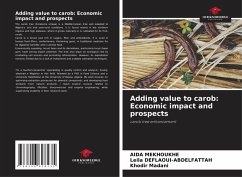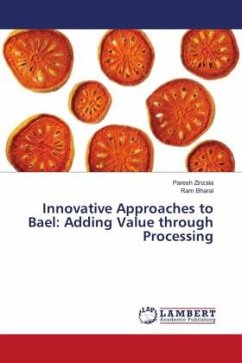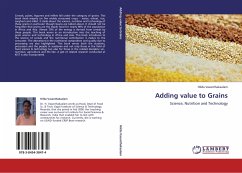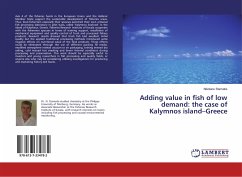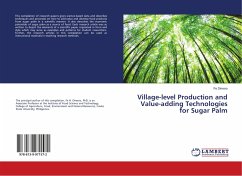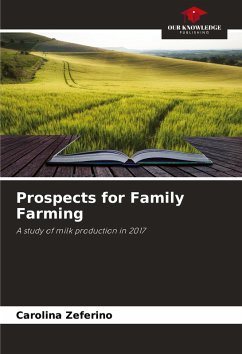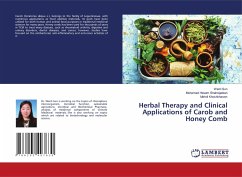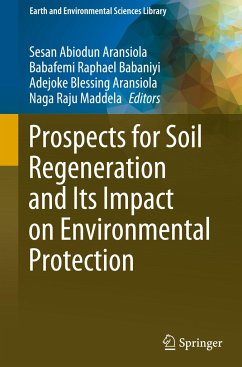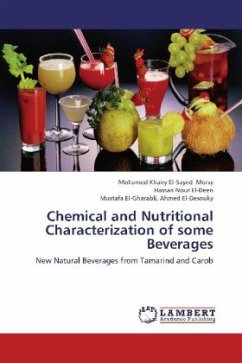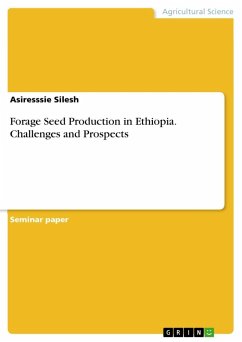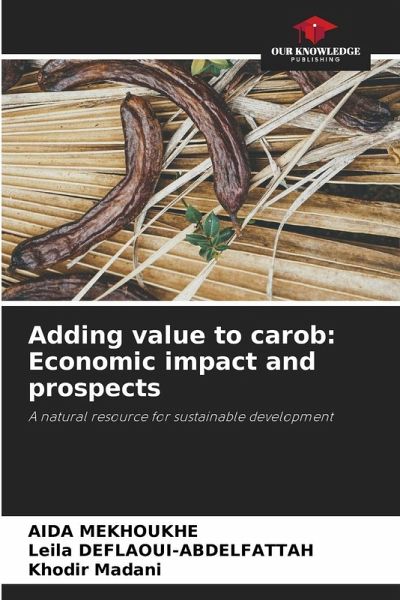
Adding value to carob: Economic impact and prospects
A natural resource for sustainable development
Versandkostenfrei!
Versandfertig in 6-10 Tagen
29,99 €
inkl. MwSt.

PAYBACK Punkte
15 °P sammeln!
The carob (Ceratonia siliqua) is a multi-purpose Mediterranean tree whose value-added has a significant economic impact. Its pods are used in a variety of sectors, including the food, pharmaceutical and cosmetics industries.In economic terms, carob processing generates high added value. Carob flour is used as a cocoa substitute and natural thickener, while carob gum, extracted from the seeds, is prized in the food industry (E410) for its texturizing properties. The export of these products represents a source of income for producer countries, promoting rural development and job creation.Value-...
The carob (Ceratonia siliqua) is a multi-purpose Mediterranean tree whose value-added has a significant economic impact. Its pods are used in a variety of sectors, including the food, pharmaceutical and cosmetics industries.In economic terms, carob processing generates high added value. Carob flour is used as a cocoa substitute and natural thickener, while carob gum, extracted from the seeds, is prized in the food industry (E410) for its texturizing properties. The export of these products represents a source of income for producer countries, promoting rural development and job creation.Value-added prospects include the development of new carob-based products, such as biodegradable biopolymer films or polyphenol-rich extracts for nutraceuticals. The rise of sustainable agriculture and the growing demand for natural alternatives are boosting interest in this sector.Carob is therefore a strategic economic lever, combining innovation and sustainability, with promising market opportunities.



